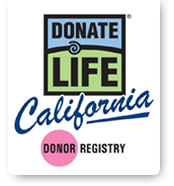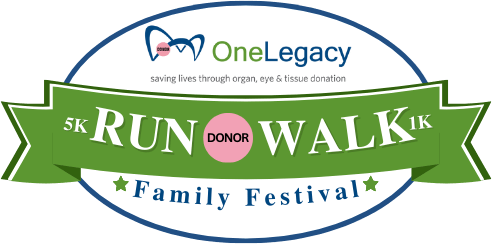Deaths Equivalent to 22 Jumbo Jets Crashing Every Year Due to Organ Donor Shortage
 RICHMOND, VA, June 17, 2014 – Transplant surgeon and researcher, Christopher Barry, MD, PhD, presented new data analysis today at the Donate Life America Annual Meeting in Baltimore, MD that indicates the average number of people who die each year before they can receive a lifesaving organ transplant is nearly 11,000 – or 30 people every day.
RICHMOND, VA, June 17, 2014 – Transplant surgeon and researcher, Christopher Barry, MD, PhD, presented new data analysis today at the Donate Life America Annual Meeting in Baltimore, MD that indicates the average number of people who die each year before they can receive a lifesaving organ transplant is nearly 11,000 – or 30 people every day.
“That is the equivalent of 22 jumbo jets crashing every year with no survivors,” says Dr. Barry.
Since 1999, the donation and transplantation community has cited that the number of people who die while on the national transplant waiting list has hovered around 6,500 a year, or 18 a day. However, this does not take into account the more than 4,000 people who are removed from the waiting list every year due to being “too sick to transplant.”
“Being removed from the list because you are ‘too sick to transplant’ is generally not a good sign,” says Dr. Barry. “For people with end-stage liver, heart or lung failure, it usually means that they will die in a short period of time. There are certainly some people who can get back on the list because they are no longer ‘too sick,’ but they are in the minority.”
In addition, Donate Life America released the seventh annual National Donor Designation Report Card, which reports 117 million people had enrolled in state donor registries by the end of 2013. While the number of registered donors continues to rise steadily, it has not increased quickly enough to meet the needs of the growing national transplant waiting list.
According to Organ Procurement and Transplantation Network (OPTN), the waiting list has grown from 65,313 to 123,089 since 1999 – nearly a two-fold increase. Those who are taken off the waiting list for being “too sick” has increased almost four-fold over that same period. Despite the clinical success of transplant therapy for end stage organ failure, the number of transplants performed has remained generally flat for the past decade.
“We must consider those who die after being taken off the waiting list for being ‘too sick to transplant’ as victims of the national organ shortage, because a donor organ did not come in time for them to be transplanted and restored to health.” says David Fleming, President and CEO of Donate Life America. “We can end this public health crisis by increasing the number of registered donors, promoting preventative health initiatives and encouraging people to consider living donation.”
Dr. Barry added, “It’s important to note that the equivalent of 56 jumbo jets, or 28,000 people, land safely and successfully each year through lifesaving transplants from both deceased and living donors. Donation is proven to save lives. We just need more of it.”
To register as a donor or for more information about donation please visit www.donatelife.net.
About Donate Life America
Donate Life America is a 501(c)3 not–for-profit alliance of national organizations and Donate Life State Teams across the United States committed to saving and healing lives through increased organ, eye and tissue donation. Donate Life America, with the help of its corporate partners is dedicated to spreading the word about the importance of being a registered donor so that others may live. Our vision is a nation that embraces organ, eye and tissue donation as a fundamental human responsibility. Donate Life America manages and promotes the national brand for donation, Donate LifeSM, and assists Donate Life State Teams and national partners in facilitating high-performing donor registries; developing and executing effective multimedia donor education programs, and motivating the American public to register as organ, eye and tissue donors.
Contact: Aaron Kelchner
akelchner@donatelife.net
804-377-3584
High concentration of Azithromycin in infected tissues is also caused by the fact that phagocytes and macrophages transport it to the site of infection and release in the area of inflammation. Azithromycin is prescribed in case of illness or injury at the time.








